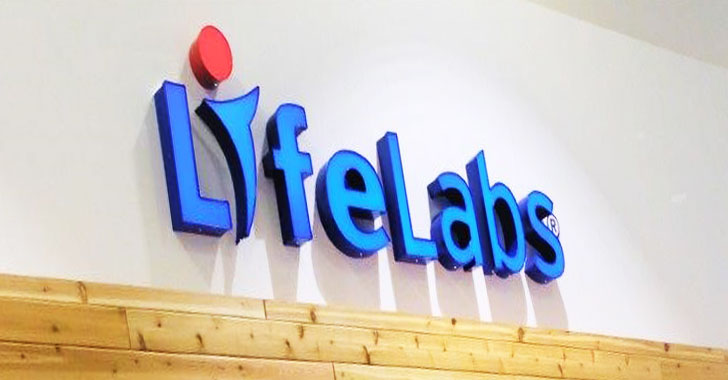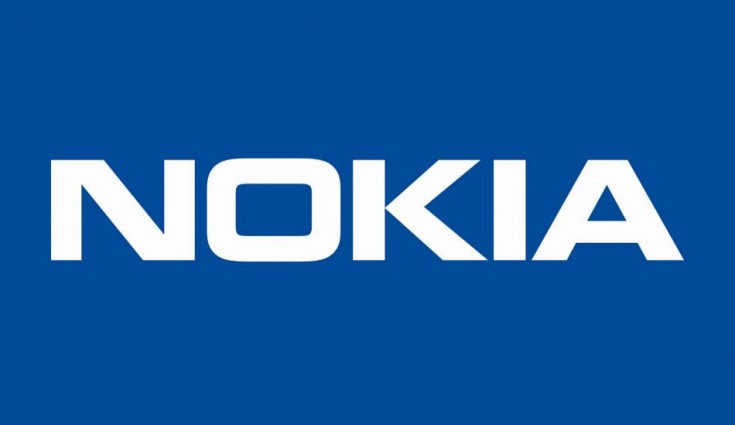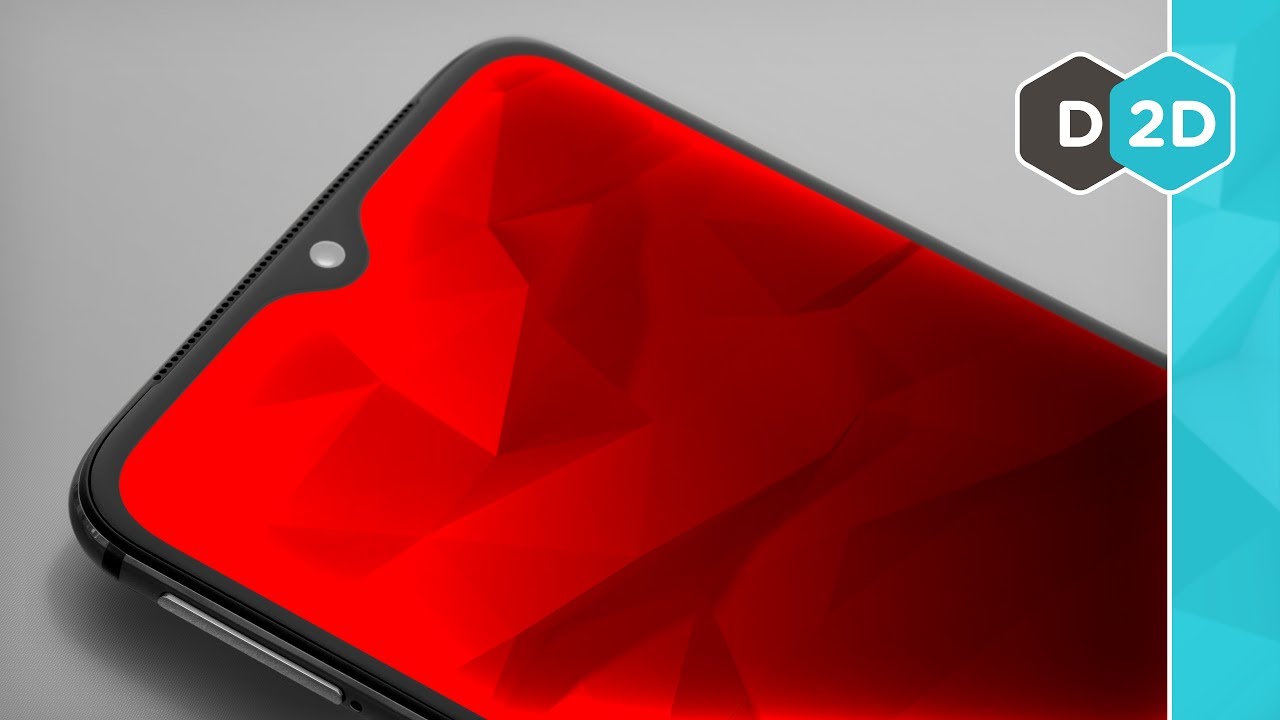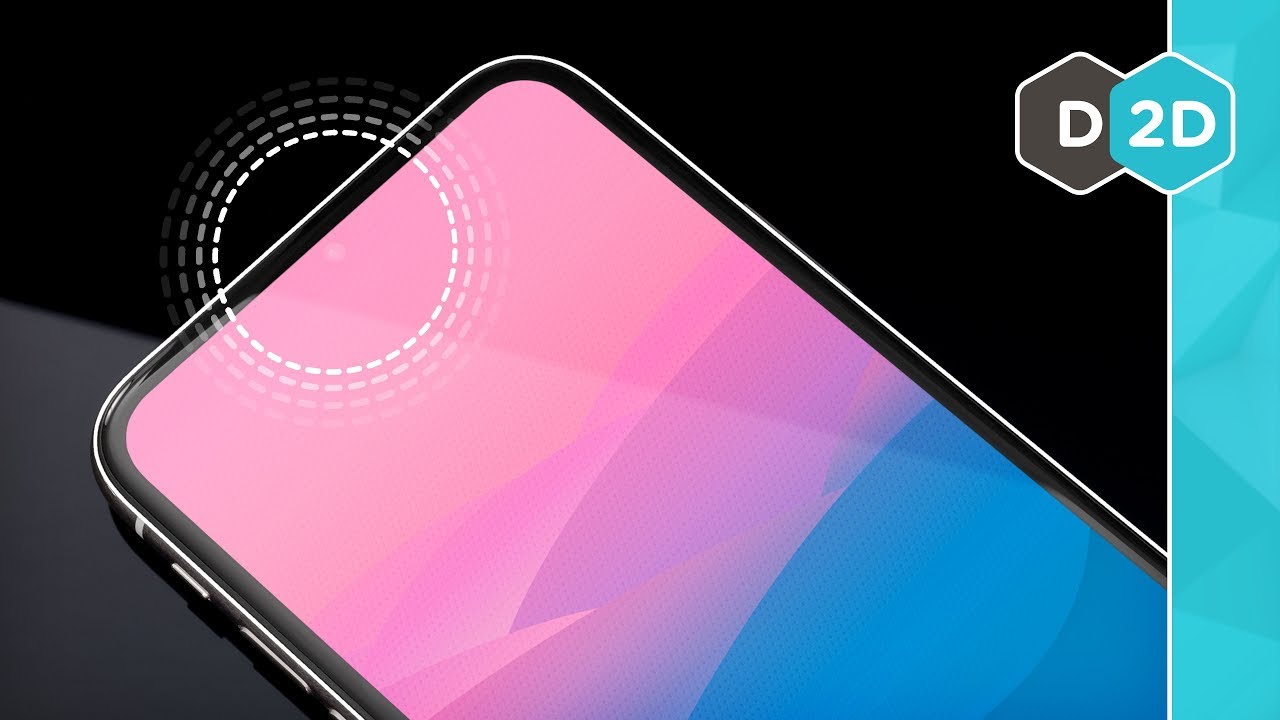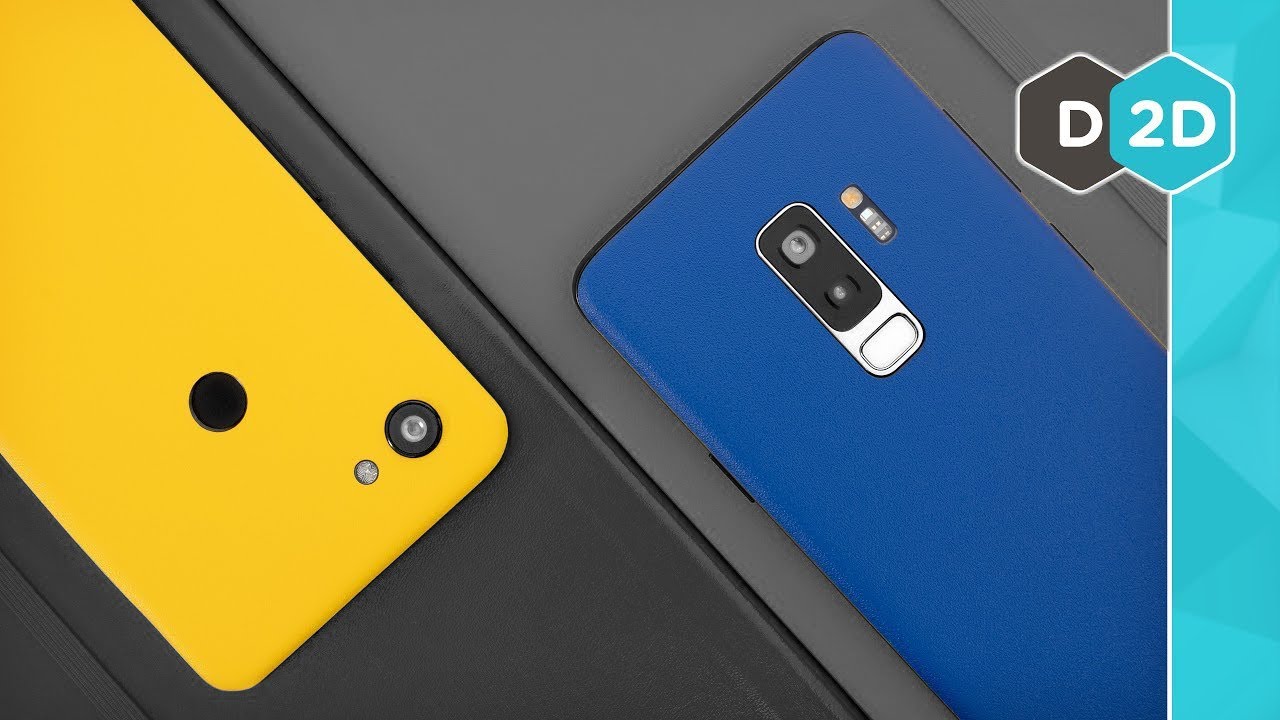
Last fall, Google made its interest in gaming known with Project Stream, a beta that let users play the high-end Assassin’s Creed Odyssey from a humble Chrome tab. The following spring, it announced Stadia, a full-fat gaming platform that would leverage the company’s computing and networking prowess to provide users access to games with no dedicated gaming hardware required. That service is available now (in a limited capacity), and it’s getting a lot of attention — both positive and negative. So what’s the deal? Here’s everything you need to know.
What is Google Stadia?
Stadia is Google’s cloud gaming platform. If you’re not familiar with the concept, cloud gaming offloads the heavy lifting normally performed by a game console or beefy PC to servers in data centers. Your button presses are sent to those servers, which then send back video of the game. It’s kind of like YouTube, but you’re directly controlling what you see in real time.
Does Google Stadia perform well enough to play?
In a word, yes. I’ve been spending time with Stadia nearly every day for the past few weeks, and it works remarkably well on my home Wi-Fi (although coffee shop Wi-Fi is generally pretty dicey). In Digital Foundry’s testing, it found that while the Stadia experience isn’t as responsive (or graphically rich) as that of running games locally on a high-end PC — Stadia introduced about 30 extra milliseconds of latency in the test — there’s actually about 50 milliseconds less input lag on Stadia than Xbox One X under ideal circumstances.
That hasn’t been the universal experience, though; plenty of users report “unplayable” input lag. There are countless factors that can influence the experience: the speed and quality of your connection, your Wi-Fi router, local interference, proximity to a Stadia data center, et cetera, et cetera. If you’re unsure whether your setup will work with Stadia, Google’s official speed test is a good place to start. If you’re still skeptical, wait to try the free tier next year (more on that later).
What are Stadia’s connection and hardware requirements? What devices are compatible?
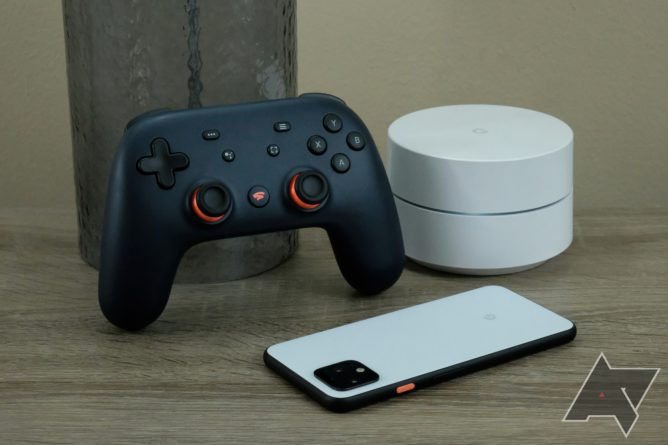
For connection speed, the bar for entry is surprisingly low: Google recommends a minimum speed of 10 megabits per second to play in 720p at 60 frames per second. If you want to play in 4K with surround sound, though, you’ll need a download speed that consistently stays above 35 megabits per second. That highest quality setting can chew through up to 20 gigabytes of bandwidth per hour, so anyone with a data cap should probably think hard before investing.
Stadia will run in the Chrome browser on practically any computer: Windows, Mac, Chromebook, whatever. If you want to play handheld, you’ll need a Pixel 2, 3, 3a, or 4; official support for other models is coming later. Although you can use your phone’s hotspot to power a Stadia session on another device, you can’t play using mobile data on the phone itself, regardless of the strength of your…
https://www.androidpolice.com/2019/12/28/google-stadia-free-games-release-date-performance-compatibility/

